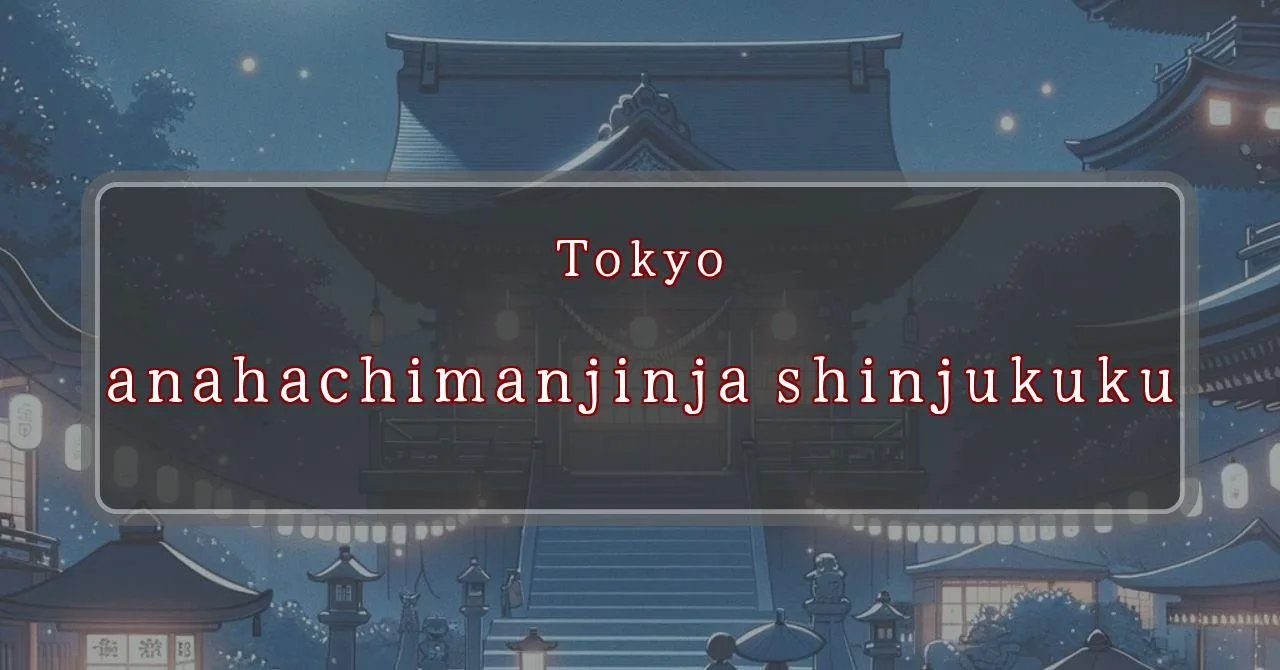A sacred festival with a 900-year history, held at a shrine known for its unique good luck charm.
Basic Information
Discover the captivating history and unique traditions of the 2024 穴八幡神社 新宿区 festival, a vibrant celebration held annually at the renowned 穴八幡神社.
- Address: 2-1-11 Nishi Waseda, Shinjuku-ku, Tokyo 162-0051
- Phone Number: 03-3203-7212
- Access: A short walk from Waseda Station on the Tokyo Metro Tozai Line (3B Exit)
- Festival Days: September 15th, 2024
Main Events and Attractions of the Festival
Immerse yourself in the vibrant festivities of the 2024 穴八幡神社 新宿区 festival, showcasing a captivating array of traditional rituals, lively performances, and engaging activities.
Mikoshi Procession
Witness the grandeur of the Mikoshi Procession, a sacred parade where the portable shrine, or mikoshi, is carried through the streets by devotees. This procession symbolizes the deity’s visit to the local community, bestowing blessings and good fortune upon all.
Shishimai Dance
Be captivated by the mesmerizing Shishimai Dance, a traditional lion dance performed by skilled dancers adorned in colorful lion costumes. The dance is believed to ward off evil spirits and bring prosperity to the community.
Kagura Performance
Experience the sacred Kagura Performance, a ritual dance and musical offering dedicated to the enshrined deities. Performed by trained shrine maidens, the Kagura is a captivating spectacle that showcases traditional Japanese music, dance, and storytelling.
Food Stalls and Games
Indulge in a variety of delectable Japanese street food from the many stalls lining the festival grounds. From savory snacks to sweet treats, there’s something to satisfy every palate. Participate in traditional festival games and try your luck at winning prizes, adding an element of excitement to your festival experience.
Blessings and Deities
Discover the divine blessings and deities enshrined at the sacred 穴八幡神社, a revered sanctuary steeped in history and tradition.
- Enshrined Deities: The shrine honors the revered triad of deities: Emperor Ojin, Emperor Chuai, and Empress Jingu, collectively known as the Hachiman deities. These deities are widely worshipped in Japan as protectors of warriors and bringers of victory.
- Blessings Bestowed: Devotees seek blessings for various aspects of life at 穴八幡神社. From success in business and warding off evil to ensuring good fortune and prosperity, the shrine is believed to bestow divine favor upon those who pray with sincerity.
Origin and History
Unravel the captivating history and origin of 穴八幡神社, a tale that spans centuries and intertwines with significant events and legendary figures.
- Ancient Roots: The shrine’s origins can be traced back to the Heian period (794-1185), when it was first established as a small shrine dedicated to the Hachiman deities.
- Legendary Founder: According to legend, the renowned samurai Minamoto no Yoritomo, founder of the Kamakura shogunate, visited the shrine and prayed for victory in battle. His prayers were answered, and he subsequently donated land and宝物 to the shrine, elevating its status and influence.
- Edo Period Expansion: During the Edo period (1603-1868), the shrine underwent significant expansion and renovation under the patronage of the Tokugawa shoguns. The shrine’s honden (main building) and other structures were rebuilt, and it became a popular destination for pilgrimages and worship.
Tips and Notes for Visitors
Ensure a fulfilling and respectful visit to 穴八幡神社 by following these helpful tips and guidelines.
- Proper Attire: When visiting the shrine, it is customary to dress respectfully. Avoid wearing shorts, tank tops, or other casual attire. Opt for modest clothing that covers your shoulders and knees.
- Purification Ritual: Before entering the shrine’s main hall, perform the temizu purification ritual. This involves washing your hands and rinsing your mouth at the designated water basin.
- Offerings and Prayers: To offer your prayers and make an offering, approach the offertory box and place your monetary offering inside. Then, bow twice, clap your hands twice, and offer a silent prayer.
- Respectful Conduct: Maintain a respectful demeanor while within the shrine grounds. Avoid loud talking, running, or engaging in disruptive behavior.
Parking Information
Plan your visit to 穴八幡神社 with ease by taking note of the available parking options.
- On-Site Parking: The shrine does not have a dedicated parking lot. However, there are several coin-operated parking lots in the vicinity where you can park your vehicle for a fee.
- Public Transportation: To avoid parking concerns, consider using public transportation to reach the shrine. The nearest station is Waseda Station on the Tokyo Metro Tozai Line. From there, it is a short walk to the shrine.
Popular Stalls and Food Carts in Recent Years
| Type of Stall | Description |
|---|---|
| Takoyaki | A staple at Japanese festivals. Characterized by a crispy outside and a creamy inside. |
| Jaga Butter | A simple yet popular snack of hot potatoes lavishly topped with melted butter. |
| Baby Castella | Small castella cakes, sweet and fluffy treats enjoyed by children and adults alike. |
| Grilled Ayu with Salt | Fresh ayu fish grilled whole with salt, a savory taste of Japanese summer. |
| Shaapin | A unique gourmet item influenced by foreign cuisine, with a chewy skin wrapping the filling. |
| Okonomiyaki | A Japanese grilled dish where you often choose your own ingredients for a personalized flavor. |
| Cotton Candy | A fluffy, sweet snack that’s extremely popular with children. |
| Chocolate Banana | A banana coated in chocolate, a fun and visually appealing dessert. |
| Kushiyaki | Various types of ingredients skewered and grilled, an easy-to-enjoy snack. |
| Yakisoba | Fried noodles mixed with a special sauce, a fast food favorite in Japan. |



